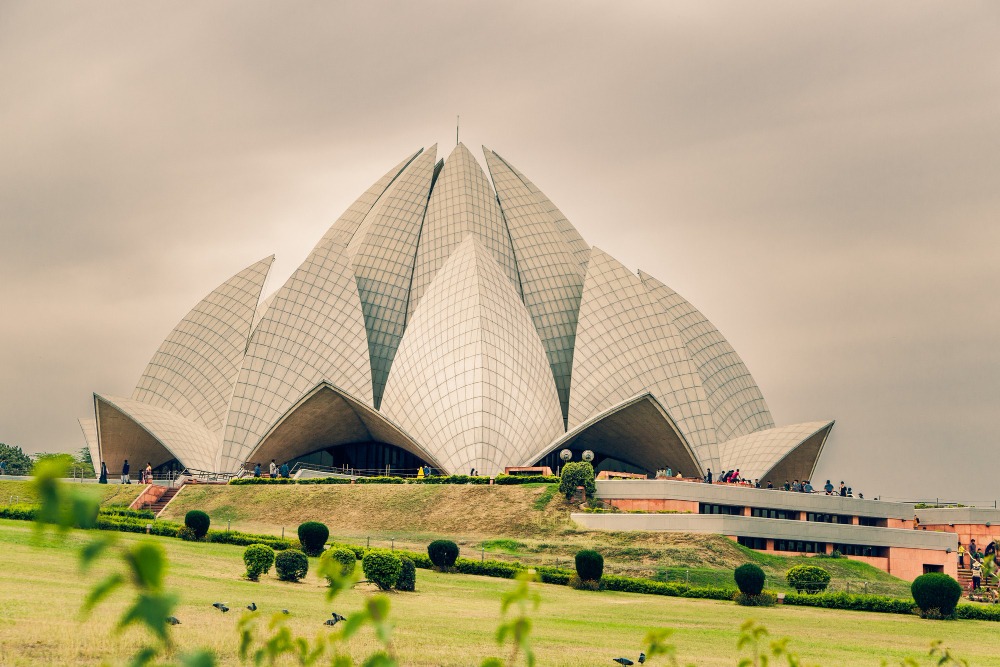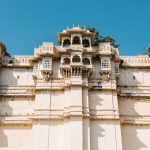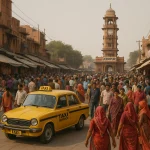Historical Landmarks and Heritage: Must-See in Delhi Tour Packages
- Pappu Singh
- October 28, 2024
- Taxi Service

Delhi, the vibrant capital of India, is a city where history resonates in every corner. From magnificent forts to serene temples, Delhi is a treasure trove of cultural heritage. When planning your Delhi Tour Packages, incorporating historical landmarks is essential for a fulfilling experience. This guide will delve into the must-see sites, ensuring that your journey through Delhi’s past is both informative and enjoyable.
The Red Fort
History and Significance
The Red Fort, or Lal Qila, is a symbol of India’s rich Mughal history. Constructed in 1638 by Emperor Shah Jahan, this UNESCO World Heritage Site served as the main residence of the Mughal emperors for nearly 200 years. Its stunning red sandstone walls and intricate architecture make it a must-visit.
What to See
Inside the fort, visitors can explore several impressive structures, including:
- Diwan-i-Aam: The Hall of Public Audience where the emperor addressed the common people.
- Diwan-i-Khas: The Hall of Private Audience, adorned with beautiful marble and precious stones.
- Mumtaz Mahal: A museum showcasing artefacts from the Mughal era.
Best Time to Visit
To avoid the heat and crowds, the best time to visit the Red Fort is early in the morning or during the winter months.
Humayun’s Tomb
Historical Background
Another UNESCO World Heritage Site, Humayun’s Tomb, was commissioned by his wife, Hamida Banu Begum, in 1569. It is considered a precursor to the Taj Mahal, showcasing the grandeur of Mughal architecture.
Architectural Features
The tomb is set amidst lush gardens and features a beautiful central dome surrounded by several smaller tombs. Key highlights include:
- Persian Influence: The layout reflects Persian gardens, symbolising paradise.
- Inlaid Work: Intricate designs made from various stones adorn the structure.
Visiting Tips
When planning your Delhi Historical Tour Packages, ensure that Humayun’s Tomb is on your list. Early morning visits offer a serene atmosphere perfect for photography.
Qutub Minar
Historical Context
Standing tall at 73 metres, the Qutub Minar is the tallest brick minaret in the world, completed in 1193. It is another UNESCO World Heritage Site that reflects the architectural brilliance of Indo-Islamic design.
Surrounding Attractions
The Qutub complex houses several notable structures, including:
- Quwwat-ul-Islam Mosque: The first mosque built in India.
- Iron Pillar of Delhi: An ancient pillar known for its rust-resistant composition.
Photography Spots
The Qutub Minar offers various stunning angles for photography, especially at sunset. Include this site in your Delhi City Tour Packages for a perfect photo opportunity.
India Gate
Historical Importance
India Gate, a war memorial dedicated to Indian soldiers who died in World War I, is an iconic landmark in Delhi. The 42-metre arch rises majestically over lush green lawns, attracting visitors from near and far.
Activities Nearby
Visitors can enjoy:
- Picnics: The sprawling gardens around India Gate are ideal for family outings.
- Cultural Events: Various events and parades are held here, especially on Republic Day.
Best Time for a Visit
The evenings are particularly enchanting at India Gate, with the monument illuminated and food stalls lining the area.
Jama Masjid
Cultural Significance
Jama Masjid, one of the largest mosques in India, was built by Shah Jahan between 1644 and 1658. Its grandeur and spiritual ambiance attract thousands of visitors daily.
Visitor Experience
While visiting, adhere to the dress code (modest clothing) and take note of the prayer times. Key highlights include:
- Courtyard: Capable of accommodating thousands of worshippers.
- Minarets: Ascend the minaret for breathtaking, panoramic views of Old Delhi.
Nearby Food Options
Don’t miss out on the delectable street food available around Jama Masjid. The famous Karim’s is a must-visit for a taste of authentic Mughlai cuisine.
Lotus Temple
Unique Architecture
The Lotus Temple, completed in 1986, is a Bahá’í House of Worship known for its stunning lotus flower design. It embodies peace and unity.
Spiritual Experience
Visitors are welcome to meditate or simply enjoy the tranquil surroundings. The temple emphasises the oneness of humanity, making it a serene stop on your tour.
Visiting Guidelines
While it is free to enter, ensure you maintain silence and respect the sanctity of the space.
Akshardham Temple
Overview of the Temple
Akshardham Temple, inaugurated in 2005, is a modern marvel that showcases traditional Indian architecture. It features intricate carvings, reflecting the rich cultural heritage of India.
Cultural Programs
The temple complex includes:
- Yagnapurush Kund: The largest stepwell in the world.
- Musical Fountain Show: An evening show that tells stories from Indian culture.
Tips for Tourists
Plan to spend a full day here to fully experience the temple and its surroundings. Photography is not allowed inside the main temple, so enjoy the moment without distractions.
Conclusion
Delhi’s historical landmarks offer a window into the rich tapestry of Indian culture and history. When exploring the city, make sure to include these must-see sites in your Delhi Tour Packages. Whether you opt for Delhi City Tour Packages, Delhi Sightseeing Packages, or Delhi Historical Tour Packages, these landmarks will provide a deeper understanding of the city’s heritage.

Affordable Taxi Services in Udaipur: Travelling on a Budget





